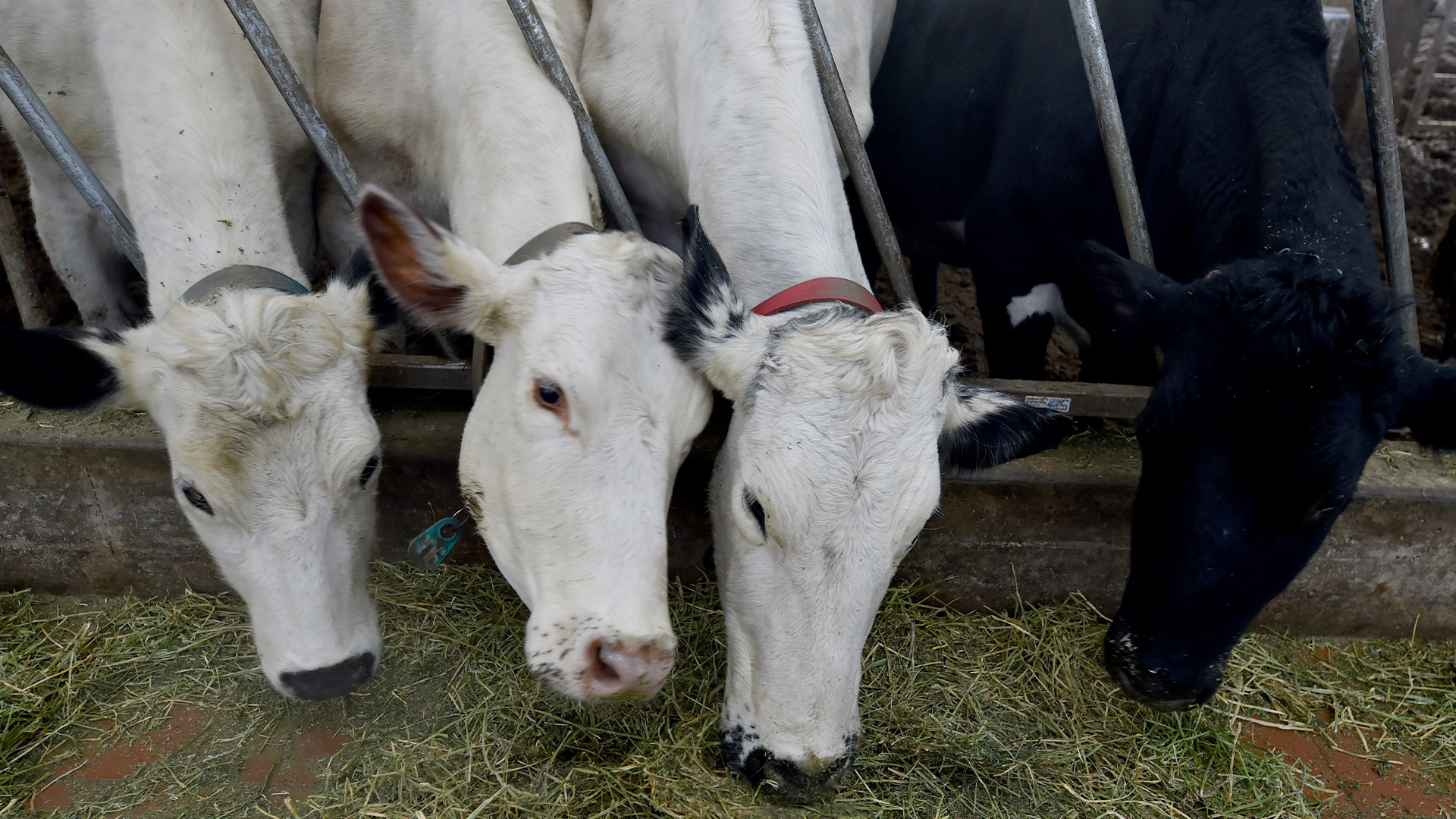
A fourth dairy worker in the U.S. has tested positive for bird flu following exposure to infected cows, the Centers for Disease Control and Prevention (CDC) reported Wednesday (July 3).
The case is the first human illness detected in Colorado in connection with an ongoing outbreak in cattle. It follows one human case in Texas and two in Michigan. The second case in Michigan caused mild respiratory symptoms, such as coughing, but the other three cases — including the most recent in Colorado — have only included eye symptoms, such as redness.
The culprit behind these infections is a bird flu virus called influenza A(H5N1). This subtype of flu was first spotted among U.S. dairy cows in March. Since then, dozens of herds across the country have tested positive for the virus.
Recent research suggests that, when it infects cows, the virus can end up in the animals' milk and remain infectious in unpasteurized milk for at least an hour after harvest. This poses a significant risk to dairy workers, who may come into contact with contaminated milk through contact with cows or with milking equipment. The pasteurized milk supply, on the other hand, is safe because the pasteurization process inactivates any viruses in the milk.
Because of the risk posed by raw milk, the CDC recommends that dairy workers wear personal protective equipment.
In the recent Colorado case, the individual was being monitored because they'd been exposed to H5N1-infected cattle at work. Clinical samples from the person were sent to the CDC, who confirmed an infection with an influenza A(H5) virus. The agency is continuing to analyze the sample to confirm that the virus is in fact H5N1.
The infected person was treated with a common drug for seasonal flu, called oseltamivir; Tamiflu is a well-known, brand-name version of the drug. The person recovered following this treatment.
All three people previously infected in the outbreak also recovered from their mild infections. In the past, though, H5N1 has been known to sometimes kill people.
Overall, the Colorado case doesn't change the CDC's overall assessment of the unfolding outbreak.
"CDC has been watching influenza surveillance systems closely, particularly in affected states, and there has been no sign of unusual influenza activity in people," the agency reported. "Based on the information available at this time, this infection does not change CDC's current H5N1 bird flu human health risk assessment for the U.S. general public, which the agency considers to be low."
Nonetheless, the CDC will continue to monitor for unusual flu activity. There's a possibility that, in time, H5N1 could pick up mutations that enable the virus to spread easily from person to person — something it hasn't yet been able to do. Such a change in the virus' genetics would be concerning because the pathogen could then potentially spark a widespread outbreak, or even a pandemic.
Ever wonder why some people build muscle more easily than others or why freckles come out in the sun? Send us your questions about how the human body works to community@livescience.com with the subject line "Health Desk Q," and you may see your question answered on the website!







